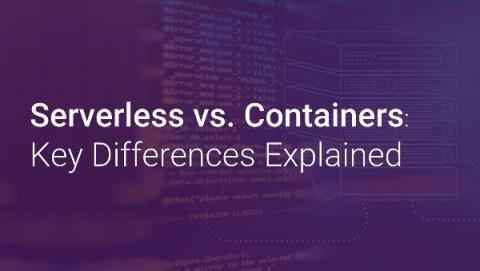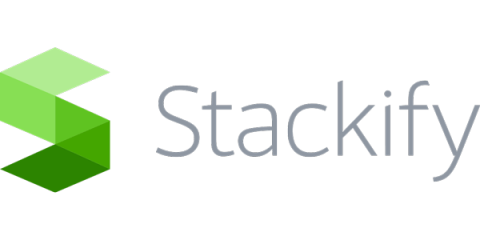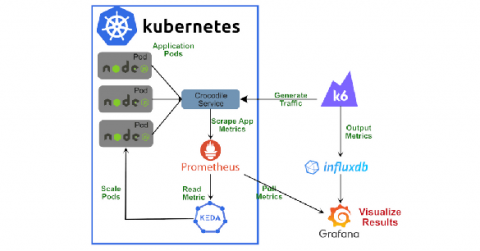Kubernetes vs. Docker
Kubernetes and Docker each play a vital role in modern, microservices-based application development. Since Kubernetes and Docker work in unison to help develop, deploy, and manage large-scale applications – they are not mutually exclusive technologies and they are certainly not in competition with each other. Nevertheless, Kubernetes and Docker are often misunderstood by the non-developer community. To clear up the confusion around Kubernetes vs. Docker, we’ve written this guide.











